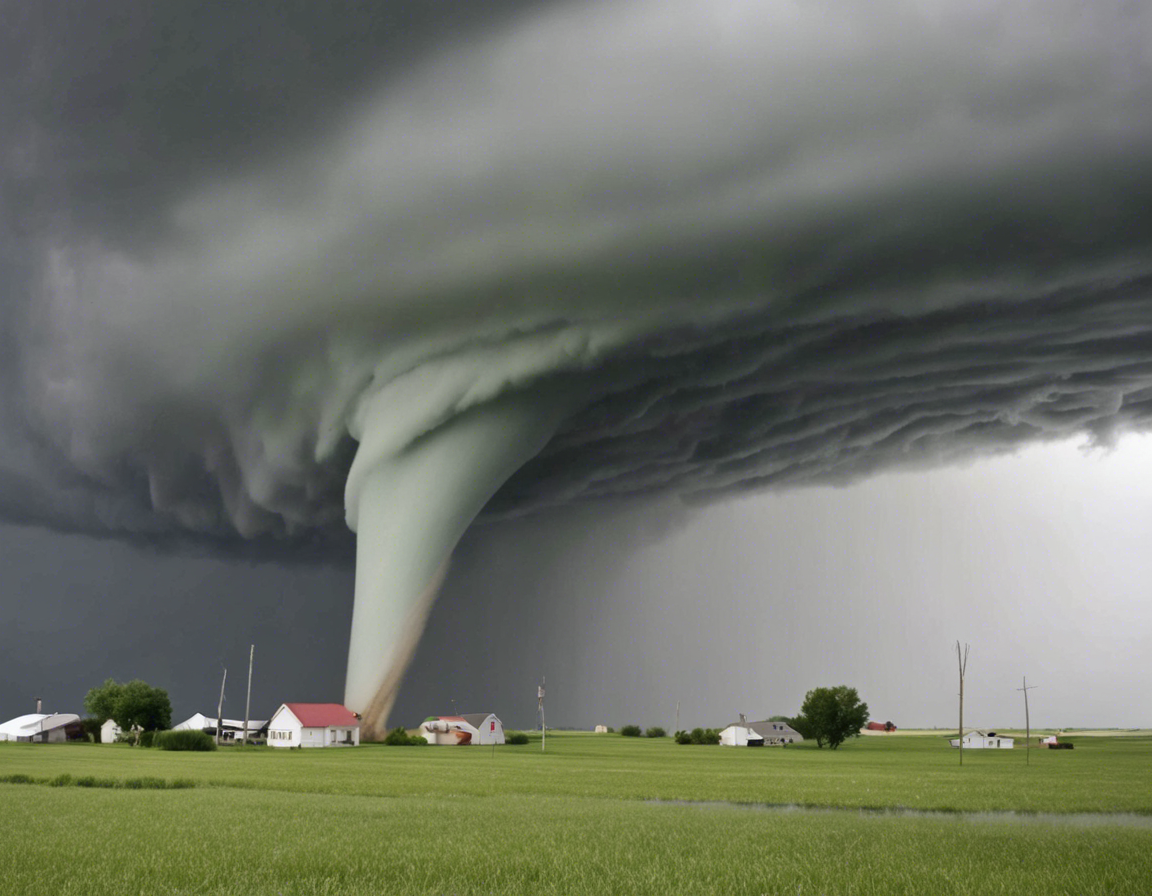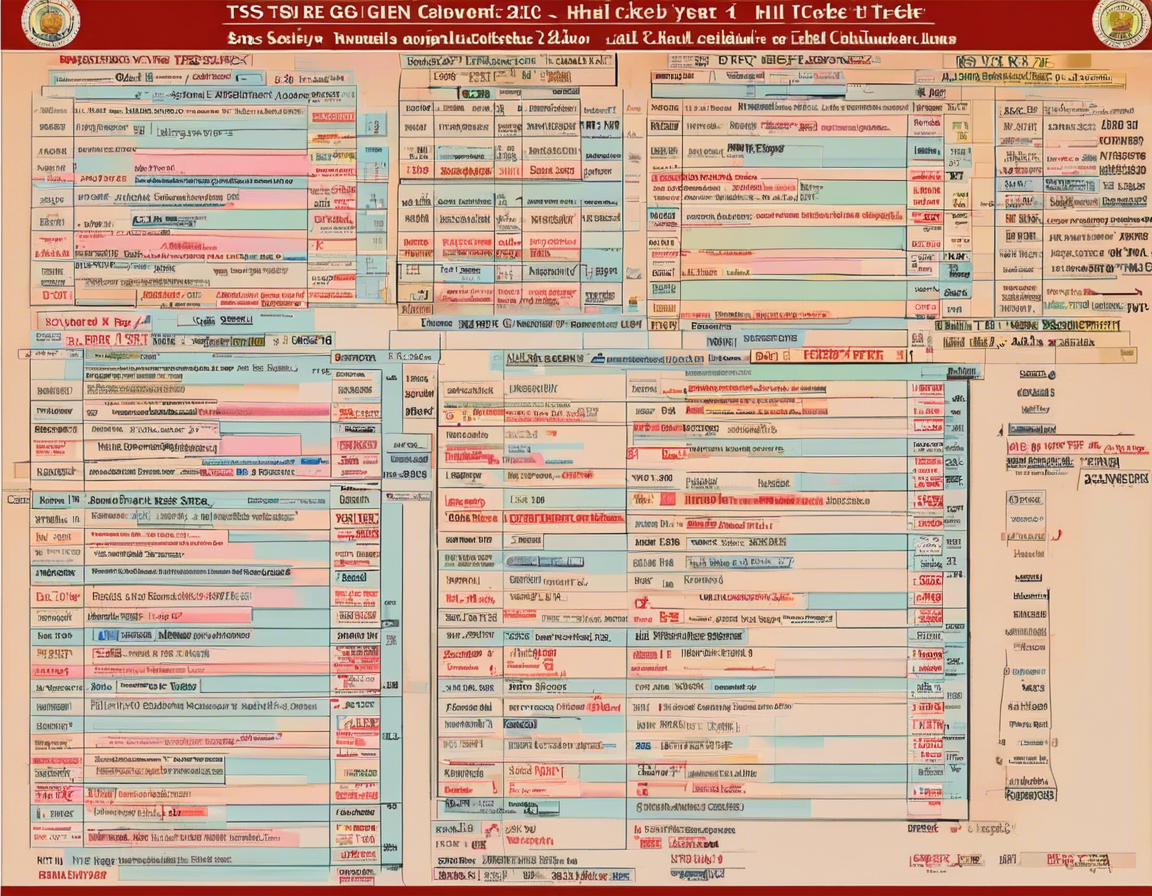Introduction
Greenfield, Iowa, recently experienced a tragic event when a series of tornadoes ripped through the town, leaving a trail of destruction in its wake. Tornadoes are natural disasters that can wreak havoc on communities, causing significant damage to property and posing a threat to human lives. In this article, we will explore the science behind tornadoes, their impact on communities, and the steps individuals can take to stay safe during these terrifying events.
Understanding Tornadoes
Tornadoes are violent windstorms characterized by a twisting, funnel-shaped cloud. They can appear suddenly without warning and are capable of causing immense destruction within minutes. These powerful storms typically form in severe thunderstorms when warm, moist air collides with cold, dry air, creating an unstable atmosphere. The intense updrafts and downdrafts in these storms cause the air to rotate, eventually forming a tornado.
Types of Tornadoes
Tornadoes are classified based on the damage they inflict using the Enhanced Fujita (EF) scale. The scale ranges from EF0 (weakest) to EF5 (strongest). EF0 tornadoes may cause light damage to trees and buildings, while EF5 tornadoes can completely obliterate well-built houses and toss vehicles like toys.
The Impact of Tornadoes on Communities
The aftermath of a tornado can be devastating for communities, leaving residents displaced and infrastructure destroyed. The immediate impacts include injuries and fatalities, property damage, power outages, and disruptions to essential services such as water and electricity. The long-term effects may include emotional trauma, financial hardship, and challenges in rebuilding homes and businesses.
Preparing for a Tornado
Preparedness is crucial in mitigating the impact of tornadoes. Here are some key steps individuals can take to prepare for a tornado:
- Stay Informed: Monitor weather alerts and warnings issued by the National Weather Service or local authorities.
- Create a Tornado Emergency Plan: Establish a plan with your family on where to seek shelter during a tornado and how to communicate if separated.
- Build an Emergency Kit: Include essentials such as water, non-perishable food, flashlights, batteries, a first aid kit, and important documents.
- Secure Your Property: Reinforce windows and doors, secure outdoor items, and trim trees to reduce potential hazards.
- Practice Drills: Conduct regular tornado drills with your family to ensure everyone knows what to do in an emergency.
During a Tornado
When a tornado is approaching, it’s essential to take immediate action to protect yourself and your loved ones. Follow these critical steps:
- Seek Shelter: Move to a designated storm shelter, basement, or the lowest level of your home away from windows.
- Cover Up: Protect your head and neck with a sturdy object such as a mattress or heavy blankets.
- Stay Informed: Listen to a battery-powered weather radio or a smartphone for updates on the tornado’s progress.
- Avoid Windows: Stay away from windows, glass doors, and exterior walls that could shatter during the storm.
- Do Not Leave Shelter: Wait until the tornado has passed and it is safe to emerge before venturing outside.
After a Tornado
In the aftermath of a tornado, it’s essential to proceed with caution and prioritize safety. Here are some vital steps to take after a tornado:
- Check for Injuries: Attend to any injuries and seek medical help if needed. Be cautious of hazards such as broken glass and debris.
- Assess Damage: Inspect your property for damage and avoid entering structurally unsound buildings.
- Contact Authorities: Report any gas leaks, downed power lines, or hazards to local emergency services.
- Document Damage: Take photos or videos of the damage to your property for insurance purposes.
- Seek Support: Reach out to community resources, family, and friends for assistance and emotional support.
FAQs (Frequently Asked Questions)
- Can tornadoes be predicted in advance?
-
While tornadoes cannot be predicted with pinpoint accuracy, advances in meteorology have improved the ability to forecast severe weather conditions that could lead to tornado formation.
-
What is the difference between a tornado watch and a tornado warning?
-
A tornado watch means that weather conditions are favorable for tornadoes to develop, while a tornado warning indicates that a tornado has been spotted or detected by radar in the area and immediate action should be taken.
-
What should I do if I’m caught outside during a tornado?
-
Avoid seeking shelter under highway overpasses or bridges. Lie flat in a low-lying area such as a ditch and cover your head with your hands to protect yourself.
-
How fast can tornado winds reach?
-
Tornado winds can reach speeds of up to 300 miles per hour (480 kilometers per hour) in the most severe tornadoes.
-
What is the safest room in a house to seek shelter during a tornado?
- The safest room is an underground basement. If a basement is not available, an interior room on the lowest floor without windows, such as a bathroom or closet, provides the best protection.
In conclusion, tornadoes are powerful natural phenomena that demand respect and preparedness from individuals and communities. By understanding the science behind tornado formation, preparing in advance, and knowing what actions to take during and after a tornado, we can minimize the impact of these destructive storms and stay safe in the face of nature’s fury.




